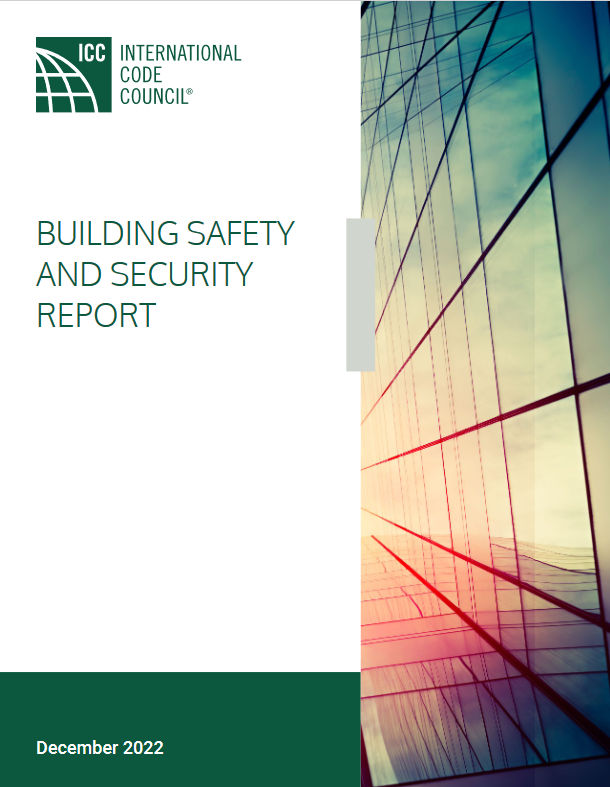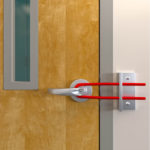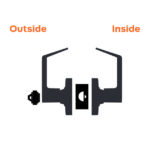 In 2018, the International Code Council (ICC) established an ad hoc committee to comprehensively explore and assess building safety and security – an issue that is important to all of us. In new and existing buildings, the design and layout can have a crucial impact on both safety and security, and there are many challenges – including code compliance.
In 2018, the International Code Council (ICC) established an ad hoc committee to comprehensively explore and assess building safety and security – an issue that is important to all of us. In new and existing buildings, the design and layout can have a crucial impact on both safety and security, and there are many challenges – including code compliance.
The committee consisted of experts from across the design and construction industry, as well as building owners and facility managers, representatives from the education and security fields, code officials, organizations that develop standards, and the federal government. John Woestman, representing the Builders Hardware Manufacturers Association (BHMA), was one of the committee members.
The approved scope for the committee’s work was:
- A comprehensive review of current code requirements as they relate to developing the necessary balance between facility security and safety considerations. Any suggested revisions to current code requirements based on this assessment will be processed as proposed code changes to the International Codes.
- A comprehensive review of existing guides, white papers, reports and standards (e.g. NFPA 3000TM (PS) Standard for an Active Shooter/Hostile Event Response (ASHER) Program), as they relate to design standards, event preparedness, emergency response and recovery.
- Identification of best practices and guides to address the design and layout of new and existing facilities.
- A comprehensive package of public information materials.
This committee has released their final report, and it is available for download on the ICC’s website. Chapter 5 addresses access control, and includes two matrices to assist with the design of access control systems. From the report:
Approach
A significant challenge of access control systems is designing, developing, and implementing access control (ingress control) with an appropriate balance of safety, security, convenience, and cost. The typical goals of access control systems are controlling access into buildings and controlling access to rooms or spaces within the buildings. Designing and implementing access control systems typically start with a risk and hazard assessment. Access control systems complement hardening of the facility and routinely operate with surveillance systems.
Access control:
- May be accomplished by a relatively simple system of appropriately selected and installed key-operated door locks.
- May also be accomplished with wired and/or wireless devices utilizing human machine interfaces such as biometrics, keypads, and/or magnetic cards in combination with electro-mechanical, electro-magnetic, or key-operated door locks.
- May include remote monitoring of activity at doors, and/or remote communications, and may include remote operation of doors and/or door locks.
- May include enhanced materials to deter or prevent entry.
To read more, download the report from ICCsafe.org.
ICC Report: “Regardless of access control functions at a door, and door locking and unlocking configurations, provisions for egress must be provided as required by the applicable building, fire and life safety codes.”
Cover Image: International Code Council
You need to login or register to bookmark/favorite this content.










Leave A Comment